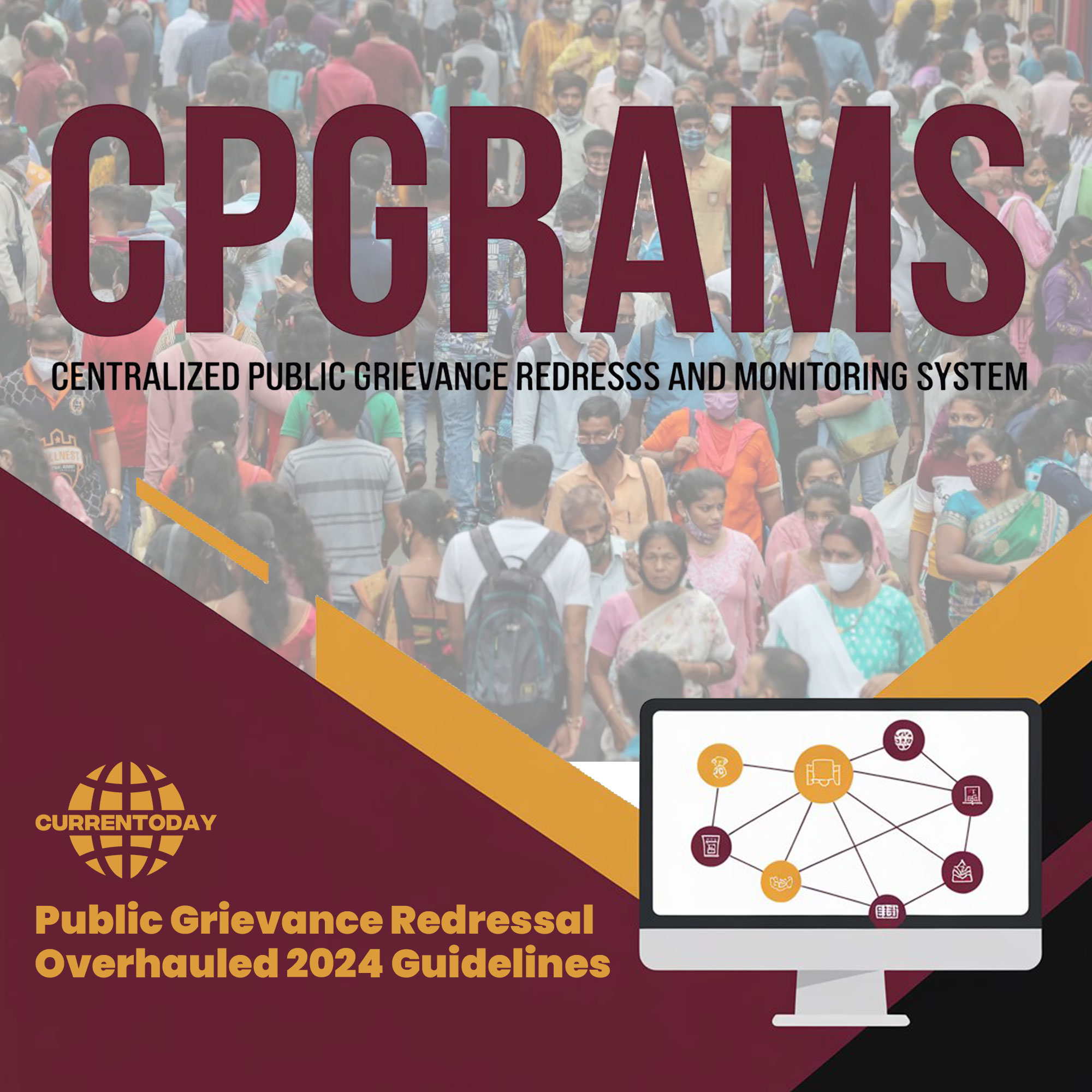


In 2024, the Union Government announced new rules with the goal of reforming the public grievance redressal system. These rules use technology to streamline administrative operations and make the process more transparent, efficient, and citizen-friendly.
The creation of a single platform under the Centralized Public Grievance Redress and Monitoring System (CPGRAMS) is the main component of the new rules. With the use of this user-friendly website, individuals would find it simpler to register their complaints through a single window and simplify the grievance filing process.
The government has reduced the grievance redressal period from 30 to 21 days in an effort to improve response. Interim replies will be given for situations that take longer. Additionally, in order to keep the public informed throughout the process, comments on concerns that have been handled will be delivered by email and SMS.
The new rules require the establishment of Nodal Officers in every ministry and department to guarantee the efficient handling of concerns. These individuals are responsible for monitoring the grievance redressal procedure and making sure that complaints are properly classified and quickly handled. To manage cases efficiently, ministries that get a lot of complains will also set up specific grievance cells.
Critical duties including tracking the status of grievances, doing root cause analysis, and putting improvements into action based on input from the public are given to Nodal Officers. In addition, they will supervise the grievance redressal officials in charge of their respective ministries or agencies.
AI-powered technologies are being integrated by the government to improve feedback analysis and monitoring. The evaluation of citizen input and the performance of different ministries will be done via the use of tools such as the intelligent grievance monitoring dashboard and the tree dashboard. Ministries will be ranked according to how well they handle grievances in the Monthly Grievance Redressal Assessment Index.
Under the SEVOTTAM initiative, the government will provide grievance officials with training through 36 Administrative Training Institutes in order to support the new standards. The goal of these training is to improve the abilities and understanding needed for efficient grievance handling. To guarantee continual development, grievance redressal procedures shall be reviewed on a regular basis at Senior Officers Meetings.
In just 2022 and 2024, the CPGRAMS platform resolved close to 60 lakh concerns, demonstrating its efficiency. As the government works to improve public service delivery, CPGRAMS—which has over 1.01 lakh grievance redressal officials mapped across ministries, departments, and states/union territories—remains an essential instrument.
Read also : Tanguturi Prakasam Pantulu’s 153rd birth anniversary celebrated